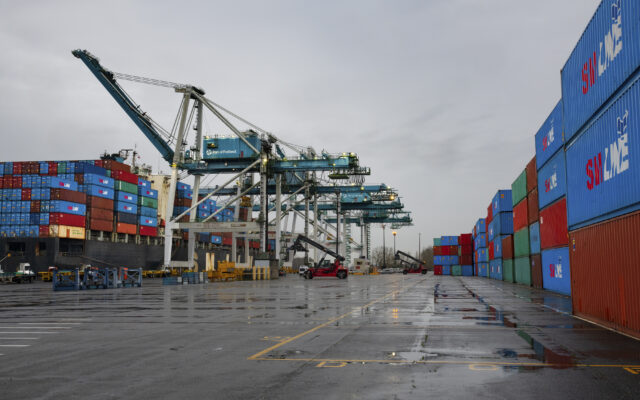Oregon’s Unemployment Rate Continues To Improve

PORTLAND, Ore. – More Oregonians are getting back to work.
The state’s unemployment rate has dropped from 5.8% in May to 5.6% in June.
That’s thanks to the addition of 7,500 non-farm jobs last month.
The largest job gains last month came from the private health care and social assistance sector, which added 2,400 jobs.
The “other services” sector, which includes things like barber shops, hair salons, and repair services, also had a big month with the addition of 1,700 jobs.
Oregon has now added back 64 percent of the jobs lost during the pandemic.
Here’s more from the Oregon Employment Department:
Oregon’s unemployment rate dropped from 5.8% in May, as revised, to 5.6% in June. Oregon’s unemployment rate has gradually declined each month this year, after ending last year at 6.3%. Meanwhile, the U.S. unemployment rate ticked up from 5.8% in May to 5.9% in June.
Despite the recent declines in Oregon’s unemployment rate, a large group of the unemployed have had difficulty regaining employment. The number of Oregonians unemployed for 52 weeks or more remains elevated at about 40,000 in June, compared with an average of about 8,000 during the three years prior to the recession.
In Oregon, nonfarm payroll employment grew by 7,500 in June, following monthly gains averaging 10,100 in the prior five months. Monthly gains in June were largest in health care and social assistance (+2,400 jobs); other services (+1,700); transportation, warehousing, and utilities (+1,000); leisure and hospitality (+1,000); and wholesale trade (+800). Only one major industry shed more than 300 jobs in June: construction (-900).
Leisure and hospitality accounts for the bulk of Oregon’s jobs not recovered since early 2020. It employed 169,500 in June, and added only 1,500 jobs in the most recent three months. The industry is still 46,800 jobs (-22%) below its peak month of February 2020, so it accounts for 45% of overall nonfarm payroll jobs yet to recover from Oregon’s pre-recession peak.
Local government employed 208,900 in June, which was 21,400 jobs below its pre-pandemic employment level of 230,300 in February 2020. With jobs still down by 9%, this industry has experienced the second largest percent reduction in that time, behind only leisure and hospitality.
Manufacturing employed 182,100 in June and remains substantially below its pre-recession total of 195,800 in February 2020. The industry was slowly declining in the second half of 2019, then plunged 15,700 jobs at the outset of the COVID recession. The manufacturing industries dropping the largest percentage over the past 24 months include primary metals manufacturing (-3,300 jobs, or 36%), transportation equipment manufacturing (-2,100, or 16%) and fabricated metals manufacturing (-1,500, or 9%).
While most major industries still employ fewer workers than in February 2020, two industries increased their employment levels throughout the past couple of years. Transportation, warehousing, and utilities added 4,400 jobs, or 6%, since prior to the recession. Similarly, state government gained 1,500 jobs, or 4%, in that time. Professional and technical services has also grown and now employs 3,100 jobs, or 3%, more than its pre-recession peak.



